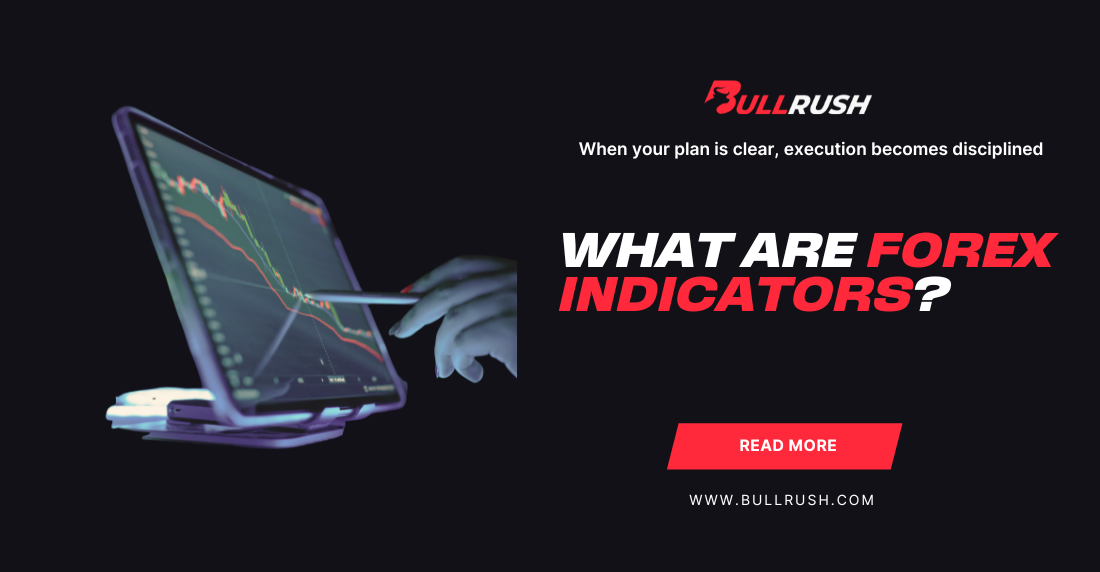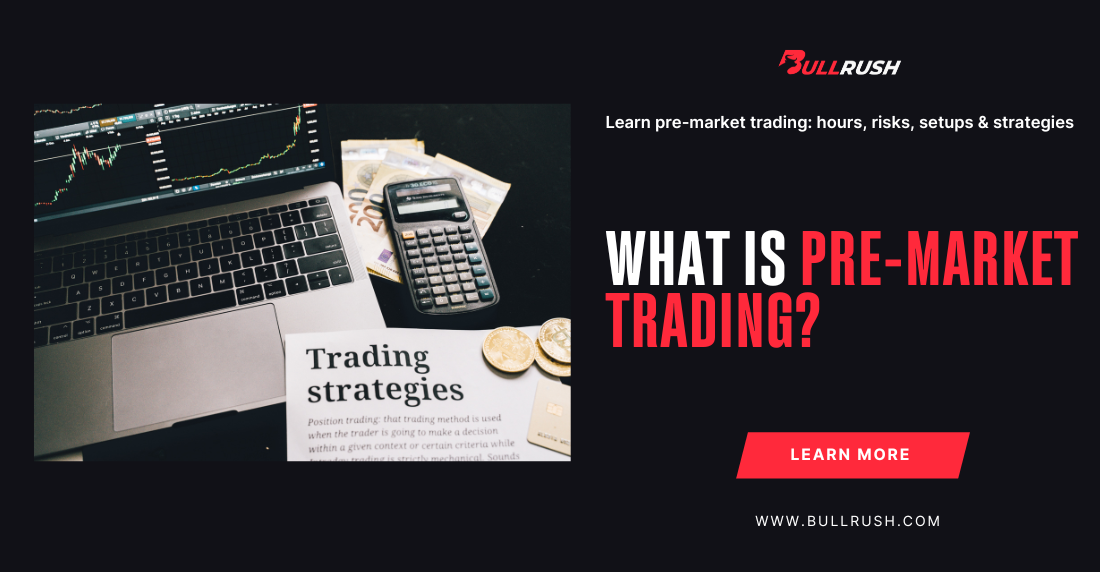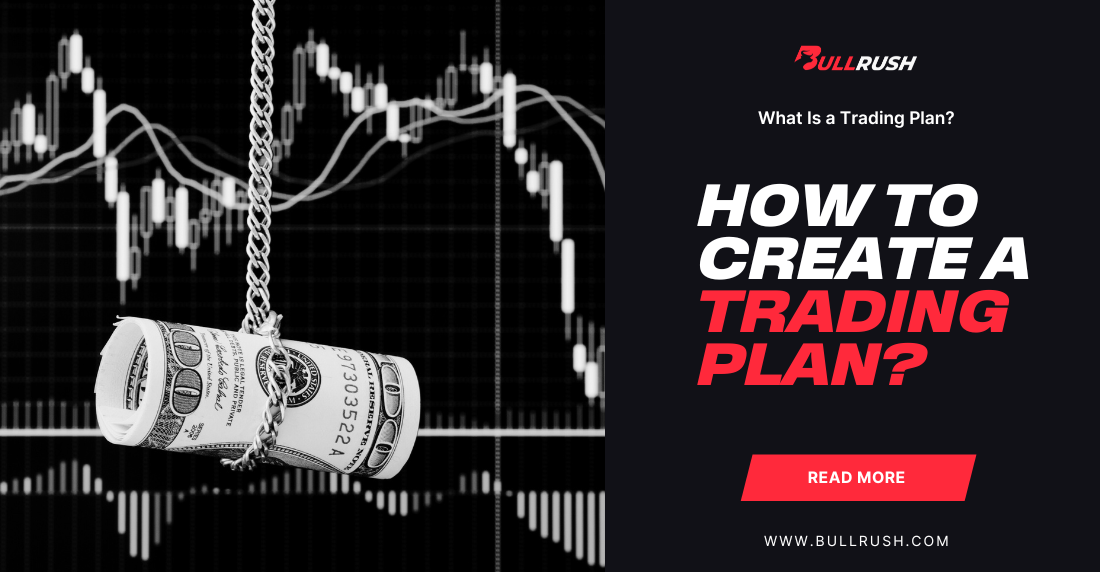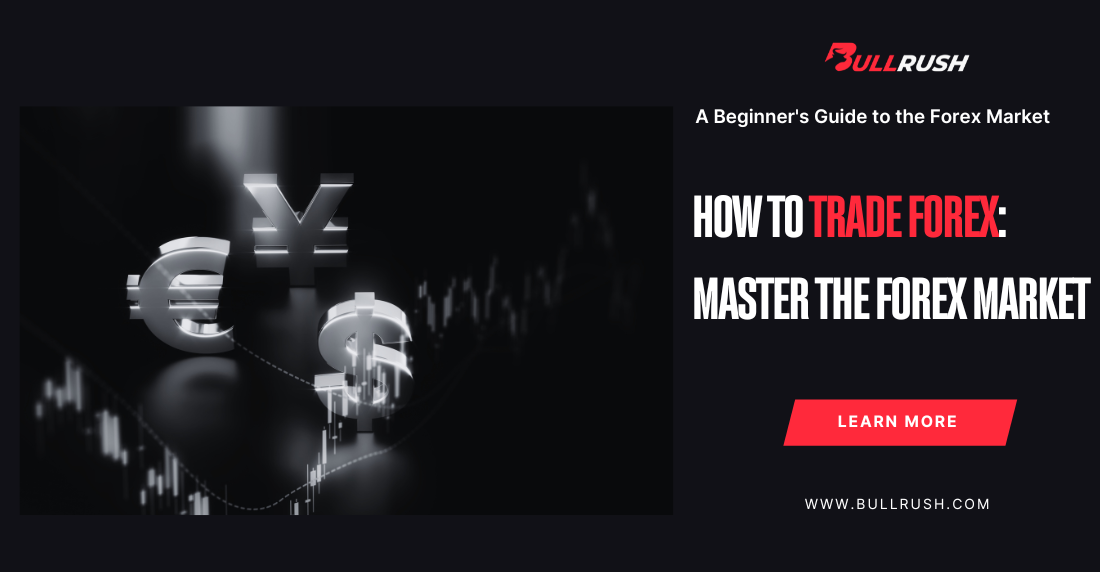
What Are Forex Indicators?
Most traders stare at charts full of indicators without realizing they’re often reading them backwards. That’s not because markets are unbeatable; it’s because most traders use the right tools the wrong way. Indicators aren’t crystal balls. They’re dials and gauges, like the speedometer and fuel meter in a race car, that help you interpret the road ahead.
When you stop treating indicators as fortune tellers and start using them as instruments, forex trading becomes clearer and calmer. Let’s break down the types of forex indicators, how they really work, and how to build a simple stack that turns market noise into decisions with edge.
What Exactly Is a Forex Indicator?
A forex indicator is a calculation that transforms raw price or volume data into a signal. Inputs might be price levels, time, or tick volume. The output could be a moving average line, an oscillator like RSI, or an envelope such as Bollinger Bands.
The purpose is simple: make market behavior easier to read. An indicator compresses chaotic action into a narrative you can actually trade, whether that’s spotting trend direction, identifying momentum shifts, or gauging volatility.
Tip: Label every indicator on your chart with its role: Trend, Momentum, Volatility, or Volume. If two do the same thing, remove one.
Indicators condense data into signals. Each one should serve a single, clear role.
The 4 Core Families (and What They Tell You)
Trend indicators smooth the price and answer the question: Which way is the tide? Moving Averages or MACD are popular here. Momentum indicators measure the strength behind that move: RSI or Stochastics reveal whether price is accelerating, stalling, or reaching exhaustion.
Volatility indicators such as ATR or Bollinger Bands define the market’s environment. Are conditions quiet, normal, or stormy? Volume and participation tools, though trickier in forex, use tick activity or OBV to show whether traders are truly stepping in.
Tip: Build your toolkit with one from each family: one Trend, one Momentum, one Volatility, and optionally one Volume.
Trend shows direction, Momentum shows strength, Volatility maps conditions, and Volume reveals participation.
Trend and Momentum in Action
Moving Averages are the workhorses of trend analysis. They filter out market noise and reveal the underlying current. A slower-moving average shows bias, while a faster one helps with entries. MACD refines this further by measuring the gap between two averages, offering a view into both trend and momentum shifts.
Momentum tools, like RSI and Stochastics, add another layer. RSI measures the balance between gains and losses, with shifts around the midline often more telling than extreme readings. Stochastics shine in ranges but can also stay pinned in trending markets, revealing persistent buying or selling pressure.
Tip: Use higher-time-frame MAs for directional bias and oscillators for precise timing.
Trend defines the map, momentum sharpens the entry, and combining them cuts out noise.
Volatility and Volume: Reading the Market’s Pulse
ATR measures how far the price usually moves in a given period. It doesn’t predict direction, but it tells you the average “breathing room” the market needs: critical for stops and position sizing. Bollinger Bands envelope price with standard deviations, showing when markets are compressed or about to break out.
Volume in forex is a proxy game. Because spot FX doesn’t have centralized reporting, traders rely on tick volume to gauge participation. Breakouts with strong tick volume usually stick better than those on thin activity.
Tip: Size positions using ATR and confirm big moves with volume spikes.
ATR keeps risk consistent, Bollinger Bands show expansion and compression, and tick volume validates strength.
Leading vs. Lagging: Where Each Shines
Leading indicators attempt to flash early signals; oscillators often fall into this group. They can catch moves before they’re obvious, but they also generate more false alarms. Lagging indicators, like moving averages, only confirm after price has already moved, making them slower but more reliable.
The smart approach is to use them together. Let lagging tools set the environment, trend and volatility, while leading tools fine-tune timing. That way, you benefit from confirmation and still catch entries with good reward-to-risk potential.
Tip: Combine one lagging and one leading indicator. If they don’t align, don’t force the trade.
Lagging is cleaner but late, leading is early but noisy. Their overlap creates edge.
The Indicator Traps That Drain Accounts
One of the most common traps is overfitting: tweaking settings until a backtest looks perfect but collapsing when conditions shift.
Redundancy is another, where traders stack three momentum tools all giving the same signal.
Then there’s the problem of ignoring costs: spread, slippage, and volatility regimes can make a “perfect” setup untradeable in practice.
Successful traders avoid these traps by keeping things lean. Fewer tools, clear rules, and regular reviews keep your system sharp.
Tip: Do a monthly “indicator audit.” Delete anything that didn’t change your decisions.
Overfitting, redundancy, and ignoring costs erode your edge. Simplicity and testing protect it.
From Indicators to Edge
Indicators don’t matter unless they improve the process. A good stack defines setups, executes consistently, manages risk, and generates reviewable data. Testing on a demo first helps refine the approach, but the real growth happens when you pressure-test under competition conditions.
That’s where BullRush competitions shine. They simulate live trading conditions with rules, leaderboards, and a time-boxed structure. It’s the perfect place to test whether your indicator stack actually works under pressure.
Trade the Plan, Trust the Stack, Join the Fight
Indicators won’t hand you profits, but the right stack will make your decisions obvious. Define each tool’s role, align your time frames, and respect volatility. When your plan is clear, execution becomes disciplined.
If you’re ready to move beyond theory, BullRush is your next step. Put your stack to the test against other traders, sharpen your execution, and refine your edge where it matters, live, under real market conditions.
FAQ: Forex Indicators
Q: What are the best forex indicators?
There isn’t one. Pick one per role: Trend, Momentum, Volatility, and optionally Volume.
Q: Do indicators work in all markets?
Yes, but behavior changes with volatility and sessions.
Q: Are indicators leading or lagging?
Both exist. Use lagging for context and leading for timing.
Q: How many indicators should I use?
Two to four is plenty if each serves a unique purpose.
Q: How do I avoid overfitting?
Test across samples and forward-test in demo or competitions.
Q: Where can I practice safely?
Start in a demo trading account, then move into BullRush competitions to test execution under pressure.



